2 min read
The Hope of Christmas
“May the God of hope fill you with all joy and peace as you trust in him, so that you may overflow with hope by the power of the Holy Spirit.” —...
4 min read
 Barbara Comito, former marketing director
:
November 3, 2015
Barbara Comito, former marketing director
:
November 3, 2015
Editor's Note: This blog post was first pubished on December 12, 2013 and has been thoroughly updated for accuracy and comprehensiveness. It's part of a series on Helping the Homeless, and since it's the first in the series, we thought we'd get the bad news out straightaway:
By Barbara Comito
Wouldn’t it be great if there was a 10-step plan by which we could eradicate homelessness? Even if it took 15, 20, 30 years and the cooperation of every agency serving the poor in the Inland Northwest, such a plan would be worth almost any price tag.
Unfortunately, no foolproof plan exists. And probably never will.
In fact, the 10-Year Plan to End Homelessness, launched in 2005, was a failure by most indicators. Spokane's first Point-in-Time Count in 2006 (a one-day count of the homeless population conducted in January each year) recorded 1,592 homeless individuals. In 2018, the total was 1,245. The total count in 2019 was 1,309. Only one year showed a significant decline in the total number of homeless persons.
In 2015, the national plan was re-vamped into a five-year plan to end chronic homelessness and veteran homelessness, and some real progress has been made on those two fronts, particularly with regard to veteran homelessness. Veteran homelessness has decreased by 28% since 2017, and chronic homelessness has gone down by 21% in the same period. And yet, news stories of homeless camps and downtown businesses dealing with a transient population abound.
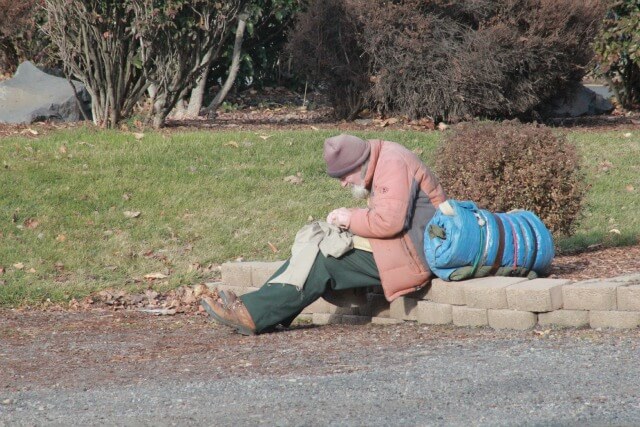
The Union Gospel Mission has been meeting the needs of the poor and homeless in our area since 1951, and over the course of six decades, the number of homeless people in our area has scarcely decreased. In fact, while the number of homeless men has generally held steady, the number of homeless women and children has increased in recent years. In 2017, the UGM Crisis Shelter served 1,760 women and children, and UGM currently operates three shelters for women and children compared to one shelter for homeless men.
Just discussing the problem in a meaningful way can be tricky. For starters, it’s not just one problem. It’s a multitude of problems that knock against each other in an infinite variety of combinations, and each of those problems changes over time with the rise and fall of the economy, the gentrification of neighborhoods, the emergence and availability of illegal drugs, and the overloading of legal and social services, to name just a few factors.

Adding to the complexity of the discussion is the connotative and denotative meanings of words. “Homeless” literally means to be without a home, but the thesaurus also suggests more stigmatized meanings: outcast, exiled, disinherited, forsaken.
Many people who are not actually on the streets may still be without a home. They may be “precariously housed” – couch-surfing or temporarily housed in hospitals, jails, shelters or motels. Finally, any time people are placed in a category, the temptation is to assume a measure of uniformity among the members. In fact, the homeless – even within the Inland Northwest – are a very diverse group.
Consider just a few of the people who have come through our doors in the past: Jill turned to alcohol after her mother's and son's deaths. David was a professional basketball player who found himself homeless. Tiffany was escaping domestic violence. Jody was a laborer when his doctor told him he could no longer work. Starla thought it might just be better for her to stay in prison than to try to become someone new. Each person has a unique story and a complex combination of factors that brought him or her to the Union Gospel Mission.
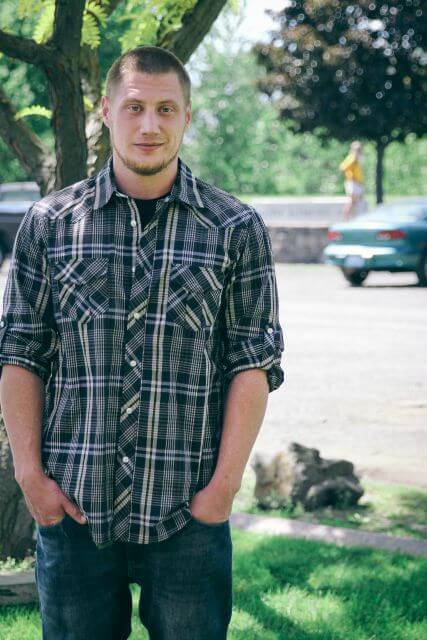
You can see why a 10-step plan to end homelessness would be a very difficult – perhaps impossible – thing to achieve. Such a plan would have to take into account an intricate combination of factors: family breakdown, trauma, addiction, disparity in education, domestic violence, and generational poverty just to name a few.
At the Union Gospel Mission, we’re focusing on a more achievable task and perhaps a more gospel-centered one in that it focuses on relationship. At UGM, our goal is to break the cycle of homelessness, addiction and abuse one person at a time.
Thanks to the partnership of an amazing community, we have a wealth of resources to direct toward that end, and we are able to address not only the critical physical needs of food, shelter and clothing, but the needs of the whole person – social, emotional, spiritual, educational and vocational.
If you’re interested in partnering with us toward that end, here are some ways you can help the homeless:
A significant part of helping the homeless is breaking down the barriers that exist between them and society at large. Just reading this blog is a step in that direction, so thank you for taking an interest.
Looking for more ways to help the homeless? Check out this how-to-help-a-panhandler tip sheet with ideas on how to help people you see on the streets.
Part 2 in this series is a story of my personal attempt to help a homeless couple I met on the streets of Spokane. Part 3 has a surprising piece of advice: Forget about the problem. Part 4 introduces UGM's approach to breaking the cycle.

2 min read
“May the God of hope fill you with all joy and peace as you trust in him, so that you may overflow with hope by the power of the Holy Spirit.” —...
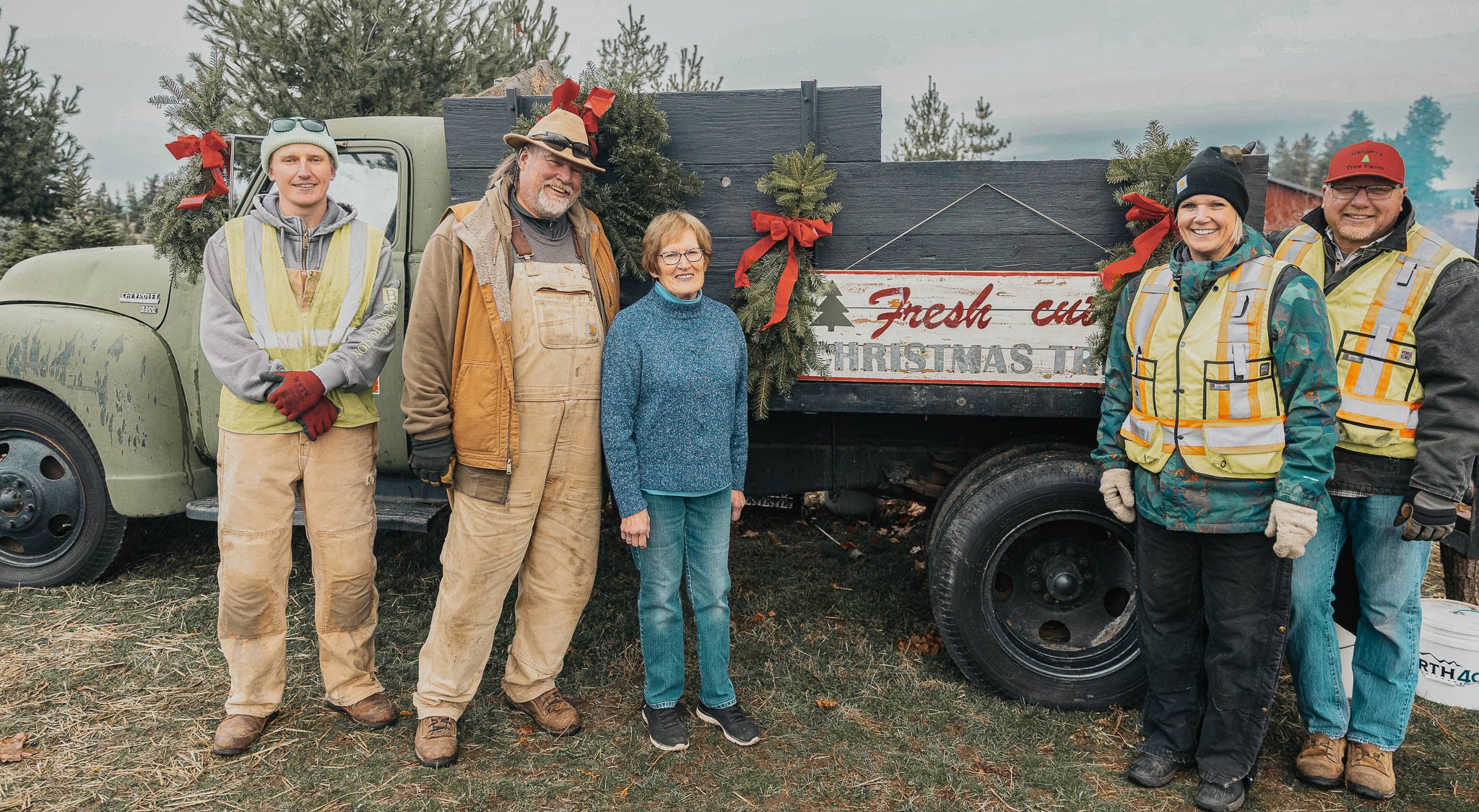
3 min read
Here at UGM, we are so blessed to have such incredible, generous partners, like our friends at Hansen’s Green Bluff Orchard! Having a heart for those...

2 min read
At Union Gospel Mission, healing often begins with looking back. As part of our Life Recovery Program, participants are invited to reflect on their...
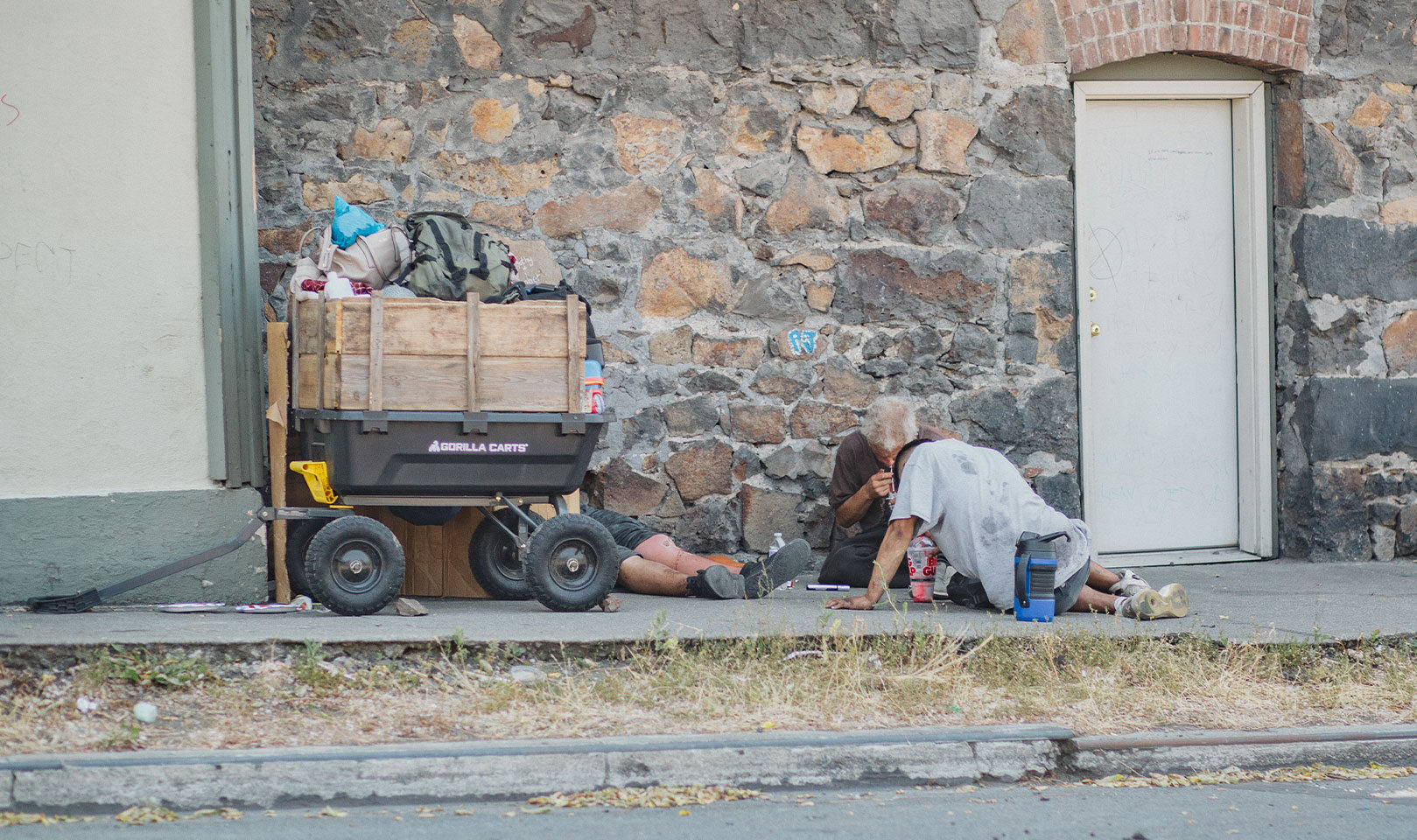
As we continue to celebrate the 50th anniversary of the Expo ’74, I want to take a look back in time. As a high school student, I heard about how the...
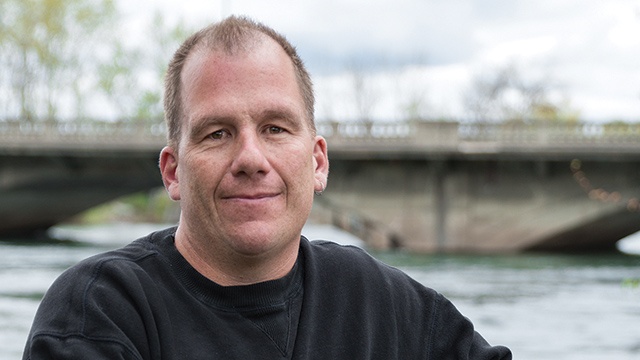
From its inception in 1951, Union Gospel Mission’s purpose has been to break – not perpetuate – the cycle of homelessness.

You’ve heard it said before: UGM would not be what it is without people like you investing their unique giftings and resources to reach our neighbors...